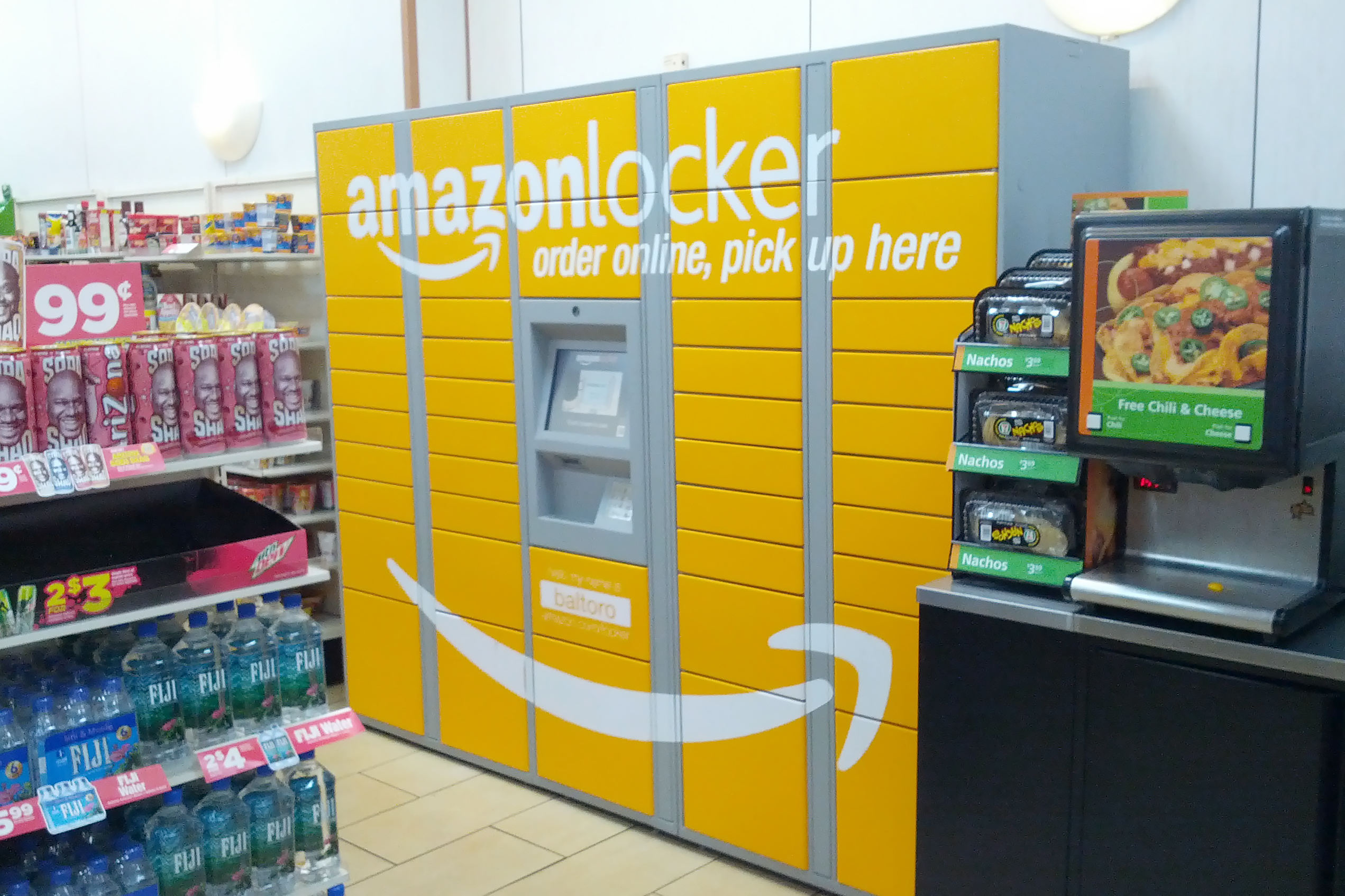
Digital technologies can augment, rather than replace, neighborhood retail.
By David Gilford
Since the first Montgomery Ward catalog arrived in 1872, technology has provided alternatives to going to the local store. Today seemingly anything can be delivered at the press of a button – or via a spoken command to an artificial assistant. Each new innovation appears to disproportionately benefit e-commerce at the expense of neighborhood retail. A closer look, however, shows untapped opportunities for stores to harness their physicality in ways that purely online retail cannot. Cities themselves have an active role to play as technology evolves, ensuring that digital tools and training are available equitably to retailers across neighborhoods.
Online retailers have access to nearly unlimited inventory, yet getting packages into people’s hands remains challenging. Delivery fleets contribute to urban congestion, and package rooms in apartment buildings are overflowing. Technology giants continue investing billions into making deliveries more efficient, from drones and robots to smart locks for in-home delivery.
Unsurprisingly, Amazon has been leading efforts to make e-commerce feel friction-free. As large online retailers make it ever easier to receive packages (e.g. Amazon self-service lockers) and return them (e.g., Amazon Returns at Kohls), physical stores risk becoming showrooms and service centers.
To avoid a race to the bottom against e-commerce, technology must add to local retailers’ strengths, not simply attempt to replicate online retail. Harnessing their physical locations, local stores might serve as hubs for solving the “last block” gap in e-commerce. Corner stores and dry cleaners have long served as informal package depots. What might this look like if these stores had access to e-commerce-style tools? Or if a customer searching for a product on her smartphone instantly sees its availability in a neighborhood store just across the street?
Rather than a one-sided deal with online retail, local stores have opportunities to provide value-added services. Whether handling returns, reducing truck congestion, or sharing inventory data in real-time, opportunities exist to monetize the new roles they’re able to play within the larger ecosystem.
To attract customers, local retail must use screens and data more effectively, learning from the online ad industry. Google and eBay pioneered self-service models for digital advertising, enabling individuals to create ads and sell online with minimal training or up-front spending. Easy-to-use dashboards, continuous measurement, and optimization tools help ensure that money is spent effectively.
Because digital screens are infinitely programmable and remotely manageable, these tools are becoming within reach at the street level. Such ads can be responsive to the real-time needs of their neighborhood and offer context-sensitive messages, from weather conditions to transit delays. Small businesses already understand their customers; technology offers tools for magnifying the impact of that intelligence.
A store’s physical location offers something that no delivery drone or package locker can match: face-to-face, real time interaction. Rather than cloning e-commerce, local stores should embrace their differences, selecting technology that augments rather than replaces their core strengths as components of our neighborhoods.
–